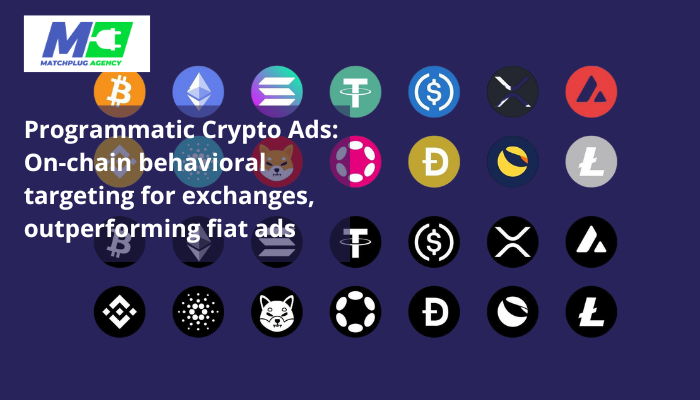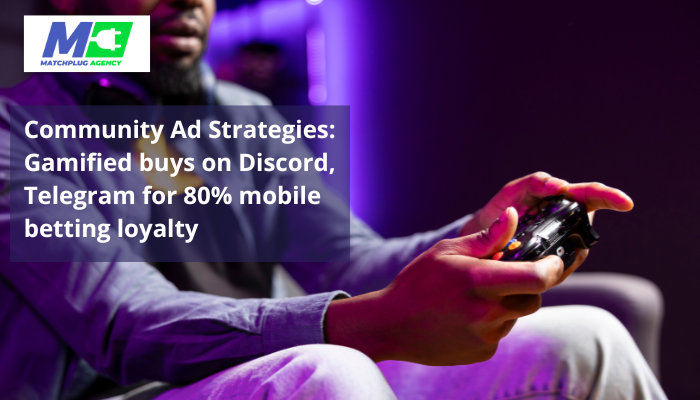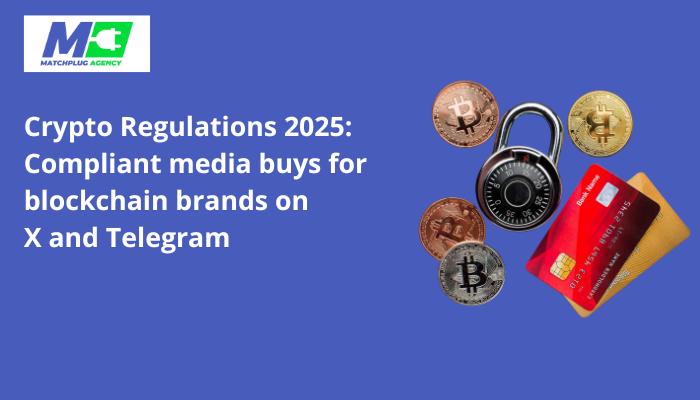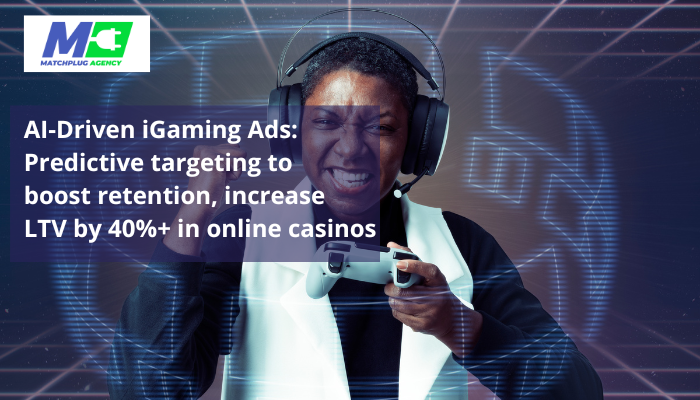What are some things crypto casinos can do to maximize ROI with Native Ads for iGaming? Native ads are some of the best advertising formats around, but their effectiveness in the iGaming industry is understated. Besides being able to blend in perfectly with a platform’s background, native ads generate 60% more engagement than display advertising, making it one of the most effective resources in your marketing plan.
Native ads can give you more engagement and are less likely to annoy your audience when they see them. But, how do you harness this power for a good return on investment on your campaign? That’s the question this article will answer.
What are Native Ads?
Native ads are a type of paid advertising where the ad matches the feel, look, and function of the media format they appear. These types of ads blend in and mirror the appearance of the content platform you place them on, so they don’t interrupt or disrupt users’ browsing experience.
Native Ads are 53% more likely to be viewed than display ads, because they capture attention quickly and boost purchase intent by up to 18%. They fit into the user experience and increase engagement because they are not disruptive. Some examples are – recommended content on a blog post, sponsored posts, and endorsements by influencers on social media platforms.
Why Crypto Casinos Should Use Native Ads to Promote iGaming
There are some reasons why native ads are the best way for crypto casinos to promote their iGaming services and products. We’ll examine those reasons in this section.
1. Native Ads Integrates Perfectly With AI Tools
AI tools are all the rage in every online sector imaginable, and they’re slowly making their way into the iGaming industry. Operators can use these tools to study audience behaviour and use the information gained to strengthen their processes.
One of the smartest ways to gather that information without being noticed or intrusive is through native ads. These ad formats are targeted towards users with an organic search history, who almost already know what they want. So, if you have data on an audience’s intent, you can create a product or offer you know they’ll like.
2. High Click-Through Rate
Native ads are cost-effective and offer higher CTR (click-through rate). You can also buy them on a cost per thousand (CPM) basis and pay a fixed price for every 1,000 impressions you get on your ad. The CPM basis is cheaper than the cost per click.
However, do keep in mind that this model of pricing is best for raising brand awareness, as you’re just focused on as many people as possible seeing your brand; hence, impressions will be a great ROI for you. It’s fantastic for newer brands with tighter budgets.
3. Easy Tracking
With native ads, tracking your conversion insights is easier. This ad format focuses on post-impression conversions. Post-impression conversions are the conversions that happen after a user sees your ad, even if they did not click on it. For example, a user might visit your official website to sign up for one of your iGaming or casino games of their own accord, because they had seen an ad for it somewhere and memorised it.
Their visiting your website is a ripple effect of your ad that they saw somewhere.
4. Flexible Formats
While most people think that native ads can only be used on content platforms or websites, they can be used on any platform and in any form. A native ad can be a sponsored post on a similar website, or it could be a user-generated content posted on Instagram, or it could even be an influencer making a video to endorse any of your products.
The flexibility of native ads gives you a lot of options to work with and diversifies the mediums you can get your ROI.
Strategies for Maximizing ROI With Native Ads
Native Ads is a great ad format for crypto casinos to promote iGaming products and services, and is certainly worth investing in. But, how do you maximize ROI for that investment? That’s what this section will teach you.
1. Understand Your Target Audience And What They Want
The first step in maximising ROI with Native Ads for iGaming is to understand who your target audience is. This involves learning their interests, behaviours, preferences, their pain points, and locations. You can use Audience Insights to identify specific segments with the highest potential for engagement and conversion. You can then boost conversion rates by customizing your adverts to meet the specific needs and wants of your target audience. Creating a customer avatar and filling it with your audience’s needs, preferences, and pain points can help with this.
2. Create Engaging AD Content
Your ad content should pique users’ interest, explain your services or products in a way that even beginners will understand, mention the benefits participants will get, and finish off with a strong CTA. Other ways you can make your content engaging are to use high-quality videos or images, a commanding headline and a compelling copy that addresses pain points and offers solutions.
3. Pick The Right Platform For Your Native Ad
Remember that Native Ads are flexible and can be used in different formats, which means that you can put them up on any platform. However, it is also important that you choose the right platform that’ll get you enough engagement. When doing this, research platforms where your target audience is most active.
If you’re targeting high search intent users who get their information from the web, then put the ad on a website’s page via sponsored posts. And if you’re targeting a younger demographic that uses Instagram, then you could collaborate with an influencer to make an ad for you. For every platform you choose, check your budget and allocate funds to places you’re certain will yield the most results.
4. Mobile Optimisation
Your native ad should be optimised for mobile devices, which means creating a responsive design and building mobile-friendly landing pages. Most web users use a mobile device, so it just makes sense that you consider this option.
5. Landing Page Optimisation
The landing page should match the message in your ad’s content and be user-friendly. Make sure it loads quickly and is optimised for mobile devices. There should be relevance between the campaign and the landing page. The tone, colours, and content should all be the same. You can also include a form or lead magnet with a button calling for action, so that leads immediately know what to do next.
6. Monitor and Optimise Campaign Performance
When your ad starts bringing in impressions and engagements, then you can monitor and optimise the campaign’s performance. You can do this by either tracking the reports on whichever platform you’re using or doing any of these things we mentioned below:
A/B testing
Create two versions of an AD content to see which one brings you the most engagement from users.
Frequency Capping
Limit the number of times a user can see your native ad. Setting this frequency limit will restrict how often leads can be exposed to your ad within a specific time frame
Monitor Ad Performance
Monitor your ad and the landing page to know how the campaign is performing. Based on the insights you get, you can then make necessary adjustments to your ad. Metrics to monitor are conversion rates, cost per conversion, impressions, click-through rate, and landing page dwell time.
Retargeting
Use retargeting to reach out again to users who previously showed interest in your products, website or visited your social media pages. This provides the chance to convert leads who didn’t become customers the first time.
What to Know About Using Native Ads to Advertise iGaming
There are a few things you should consider when using native ads to advertise iGaming products and services. We’ve shared them below.
1. Watch Out For Restrictions
Certain major advertising networks like Taboola, Outbrain, and social platforms have restrictions on gambling-related content. One of those restrictions is the need for proper licensing and pre-approval.
2. Make It Engaging
For your native ads to get user attention, ensure you make them engaging and tell a good story. Doing these things lets you maximise its natural and non-intrusive placement to reach more people.
3. Fit The Platform’s Context
Your native ads should be relevant to the surrounding content and the target audience’s interests to resonate effectively on the platform where you place them.
4. Choose A Good Ad Placement
The ad placement you choose on a platform for your ads shouldn’t disrupt the user experience.









